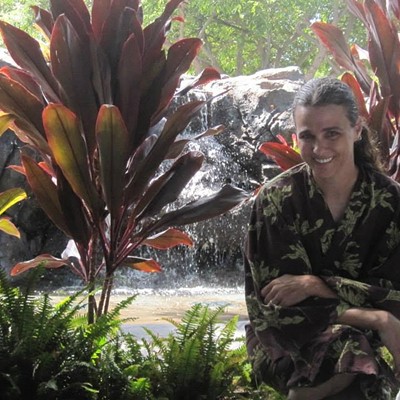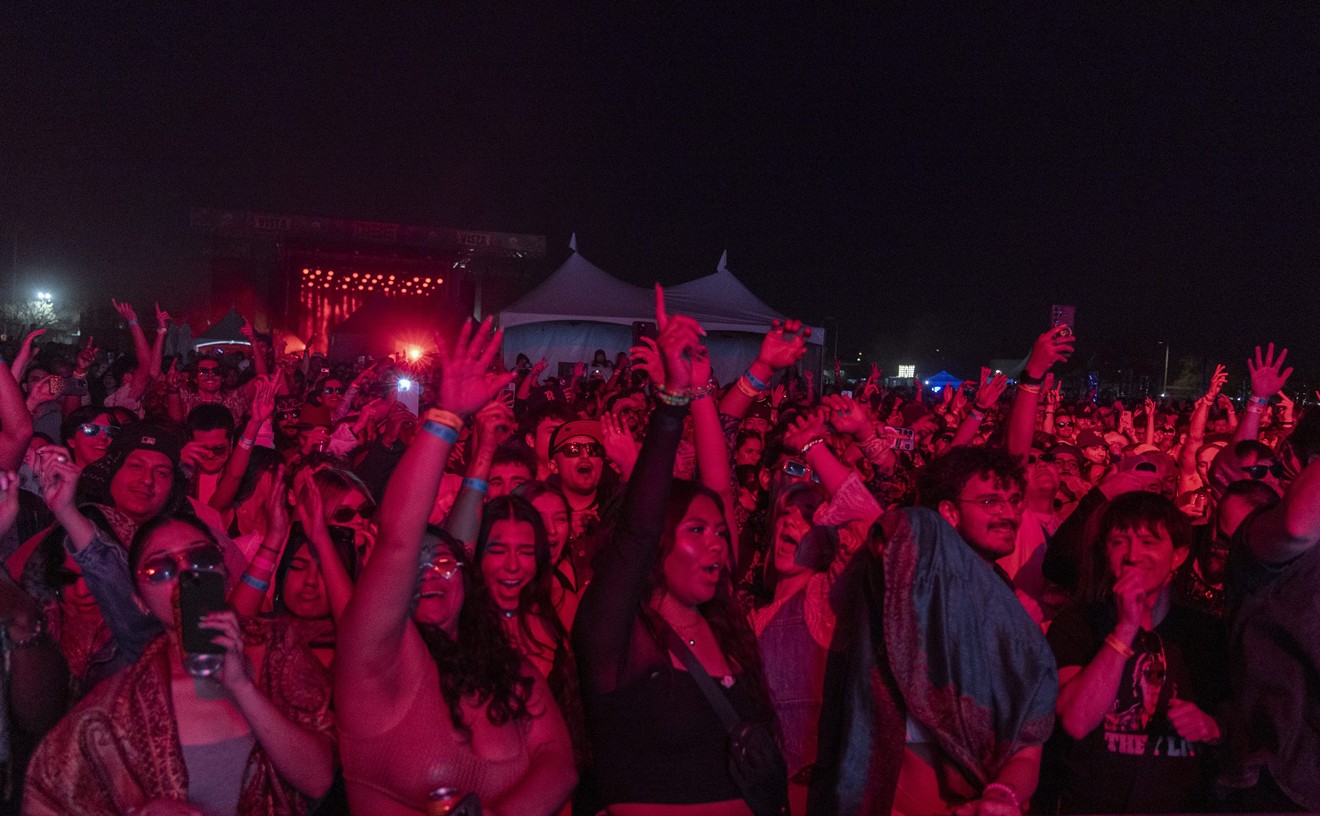Year of the Spiky Red Mullet (1988): Like the mullet, Etheridge's music was often found in divey bars with sticky floors and bad lighting. Even when her self-titled debut album took off, Etheridge's music still sounded like bar-burnin', small-stage rock, and you could picture her howling "Bring Me Some Water" next to a neon sign advertising "Pabst on Tap." The most half-assed of all hairstyles, mullets reflected a desire for long hair, but no patience for bangs. Similarly, Etheridge's songs reflected a desire for amorous acoustics ("Like the Way I Do"), but too much of a penchant for pop ("Similar Features").
The Long, Straight Hair Years (1990-1992): This was the most obvious hairstyle for a woman from Kansas obsessed with Bruce Springsteen. Here, Etheridge's music has more of a Heartland-type rock sound, with winsome confessional songs like "No Souvenirs" and small-town dreamer anthems like "Ain't It Heavy." Perhaps she grew her hair out to preserve the integrity of the music — she was covering Springsteen's "Thunder Road" at live shows, a song that suggests she "roll down the window and let the wind blow back" her hair. And everybody knows mullets don't blow (in the wind, anyway).
The Suddenly Blonde and Not-So-Straight Hair Era (1993-2004): Etheridge's transformation from a closeted brunette to a lesbian-icon blonde coincided with a musical shift from Midwest rock-folk to ballsy, borderline-blues rock. Etheridge still loved Springsteen in songs like "I Want to Come Over," but she was also channeling Janis Joplin's sandpaper wail in songs like "All-American Girl." Her hair was always fluffed up in waves or teases that sort of suggested sex hair, fitting for a song about seducing schizophrenics like "Come to My Window."
The Post-Cancer Crew Cut Years (2005-present): After being diagnosed with breast cancer in October 2004 and losing all of her hair from chemotherapy, Etheridge reemerged with a tough new 'do befitting her status as a survivor. She has the same blonde crew cut (and perhaps the same hairdresser) as Joan Jett, which makes for some truly rockin' follicles. Etheridge's latest release, Greatest Hits: The Road Less Traveled, contains songs spanning all of her hairstyles, but the new tracks, "Refugee" and "I Run for Life," both contain an edgy pop sensibility that reflect the same thing Etheridge's crew cut shows: new growth.










